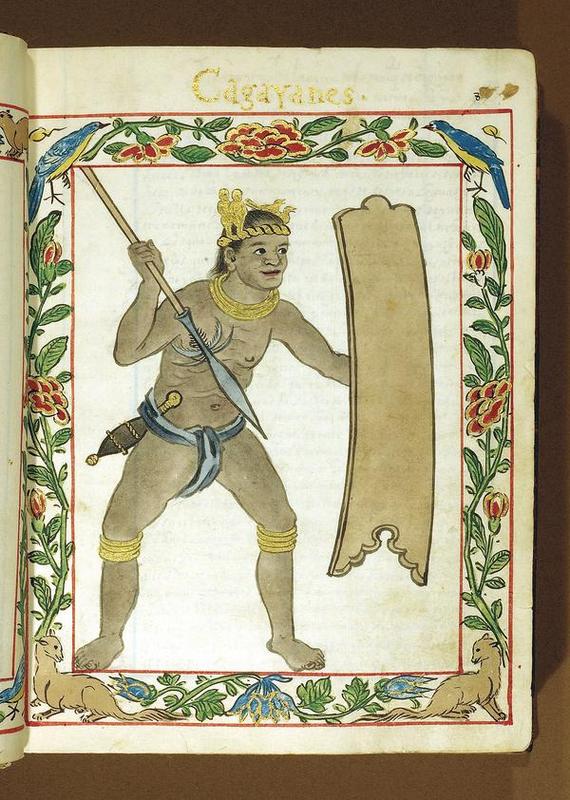Author’s note: I wrote this column piece in 2002, under the same title. It was published in the Nov. 29 issue ( vol. 14 no. 8 ) of the Baguio-based Northern Dispatch Weekly. My son, mentioned as a third-grade school boy in the essay, is now a second-year college student. I often wonder but forget to ask him whether college history textbooks still contain the story of Indonesian-A and Indonesian-B, or have they been expunged. Anyway, my take on the story still stands, and I hope my dear readers will learn something new once they finish reading this piece, which I thoroughly enjoyed revisiting nearly 10 years later.

My younger son is in Grade 3, and sometimes I’m called upon to help him do his homework or review for his periodic exams.
A month ago, as I was checking his homework, we fell into a heated argument.
He claimed that the people of the Cordillera were descended from the first wave of Malays that came over here, while the rest of Luzon lowland peoples (e.g. Kapampangan, Tagalog) and the Visayans were descended from a second wave of Malays. He proceeded to lecture to me that the Malays were preceded by Indonesians, who also came in two waves–Type A and Type B.
I tried to explain to him, in terms an eight-year-old mind could grasp, that the wave migration theory of how our country was populated — most elaborately developed by Dr. H. Otley Beyer — has been debunked by most scholars of Philippine prehistory for quite some time now. But no, my son insisted, I was utterly wrong, and how dare I question his teacher and his textbook!


